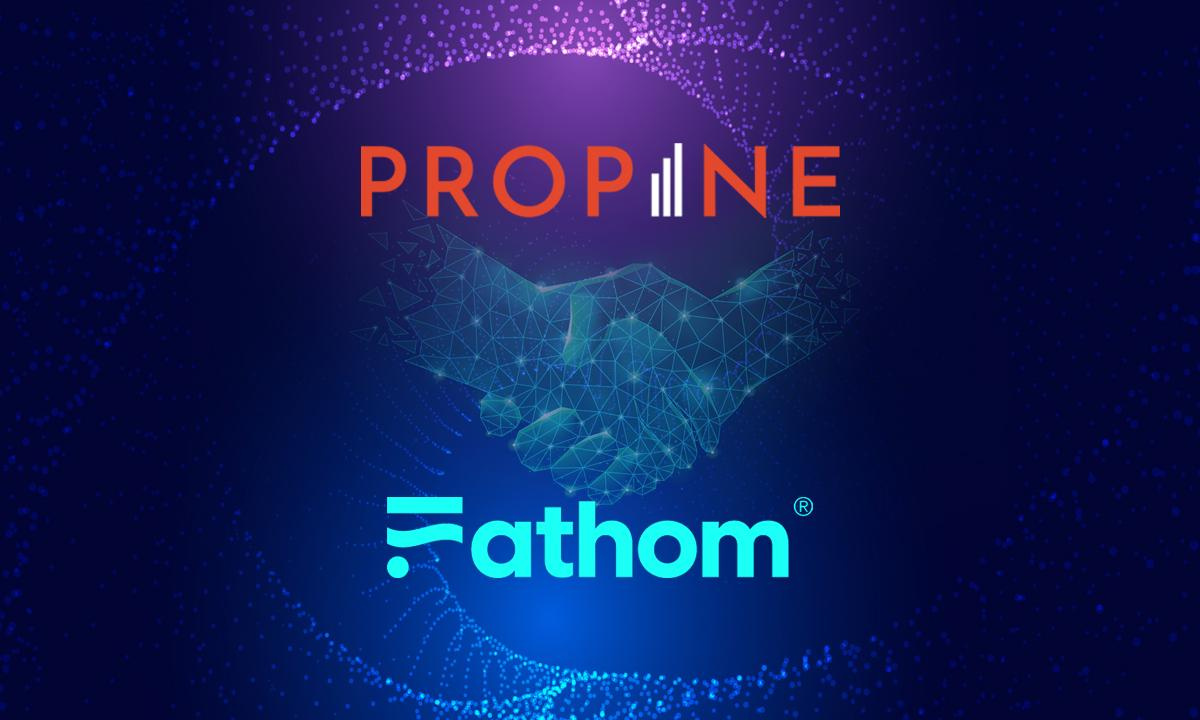Table of Contents
- A Case for Bloating: Validator Set Size
- Unlocking Ethereum's Roadmap: SSF and ePBS
- Relieving the Consensus Layer, Improving Rewards
- Assessing Potential Trade-offs
Ethereum's journey towards sclability and improved efficiency took a promising turn with the unveiling of a research proposal by an Ethereum research team, consisting of Mike Neuder, Francesco D’Amato, Aditya Asgaonkar, and Justin Drake.
This centers around the increase of the MAX_EFFECTIVE_BALANCE (MaxEB), an parameter currently capping the effective balance of Ethereum validators at 32 .
A Case for Bloating: Validator Set Size
Under the current structure, the MaxEB has inadvertently caused the validator set size to bloat, compelling large-scale staking operations to run a vast number of validators. With over 600,000 active validators and an additional 90,000 in the activation queue, the Ethereum network experiences substantial strain. This proposal asserts that by increasing the MaxEB, it's possible to unblock future , improve the performance of the current consensus mechanism and peer-to-peer (p2p) layer, and enhance operational efficiency for validators of all scales.
Preserving Decentralization, Enhancing Efficiency
The research team emphasizes the need to maintain Ethereum's core while simultaneously boosting efficiency. As such, the proposed increase in MaxEB does not tamper with the 32 ETH minimum requirement to become a validator. The aim is for an opt-in approach, offering validators a choice to partake in the changes.
Unlocking Ethereum's Roadmap: SSF and ePBS
The Ethereum roadmap includes significant consensus layer improvements, such as single-slot finality (SSF) and enshrined Proposer-Builder Separation (ePBS). Currently, these upgrades are hampered by the inflated size of the validator set. Increasing the MaxEB could potentially facilitate the realization of these roadmap goals, which are critical to and efficiency.
Relieving the Consensus Layer, Improving Rewards
Ethereum's consensus layer experiences high stress levels due to the massive validator set size. A case in point is the multi-epoch delays in finalization the beacon chain faced in May 2023. By opting for an increased MaxEB, could choose to keep their stake wjithin the protocol for compounded rewards, thereby mitigating some of this strain.
In addition, the proposal outlines potential benefits for validators themselves. A higher MaxEB could democratize the compounding of stake, benefitting solo-stakers, who currently do not earn staking rewards above the existing MaxEB. For large-scale stakers tasked with managing thousands of validators, this change could significantly .
Assessing Potential Trade-offs
While counter-arguments against raising the MaxEB exist—primarily the appeal of the current simplicity and considerations around committees—the research team believes the proposed benefits significantly outweigh potential costs. The adoption of this proposal could mark a significant step towards a more sustainable and upgradeable , offering a feasible solution to Ethereum's scalability challenges.
Investment Disclaimer














